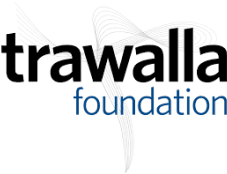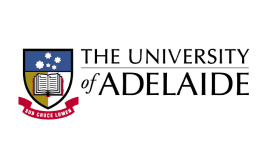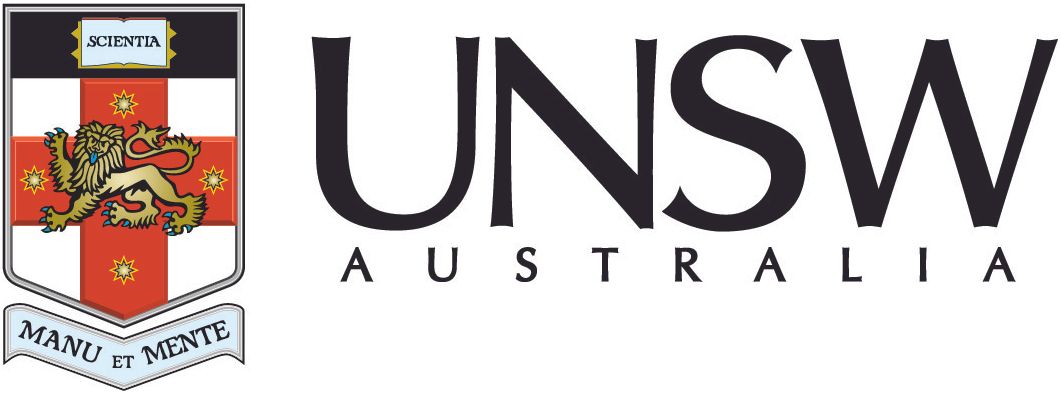What’s in the 2025-26 federal budget for nature?
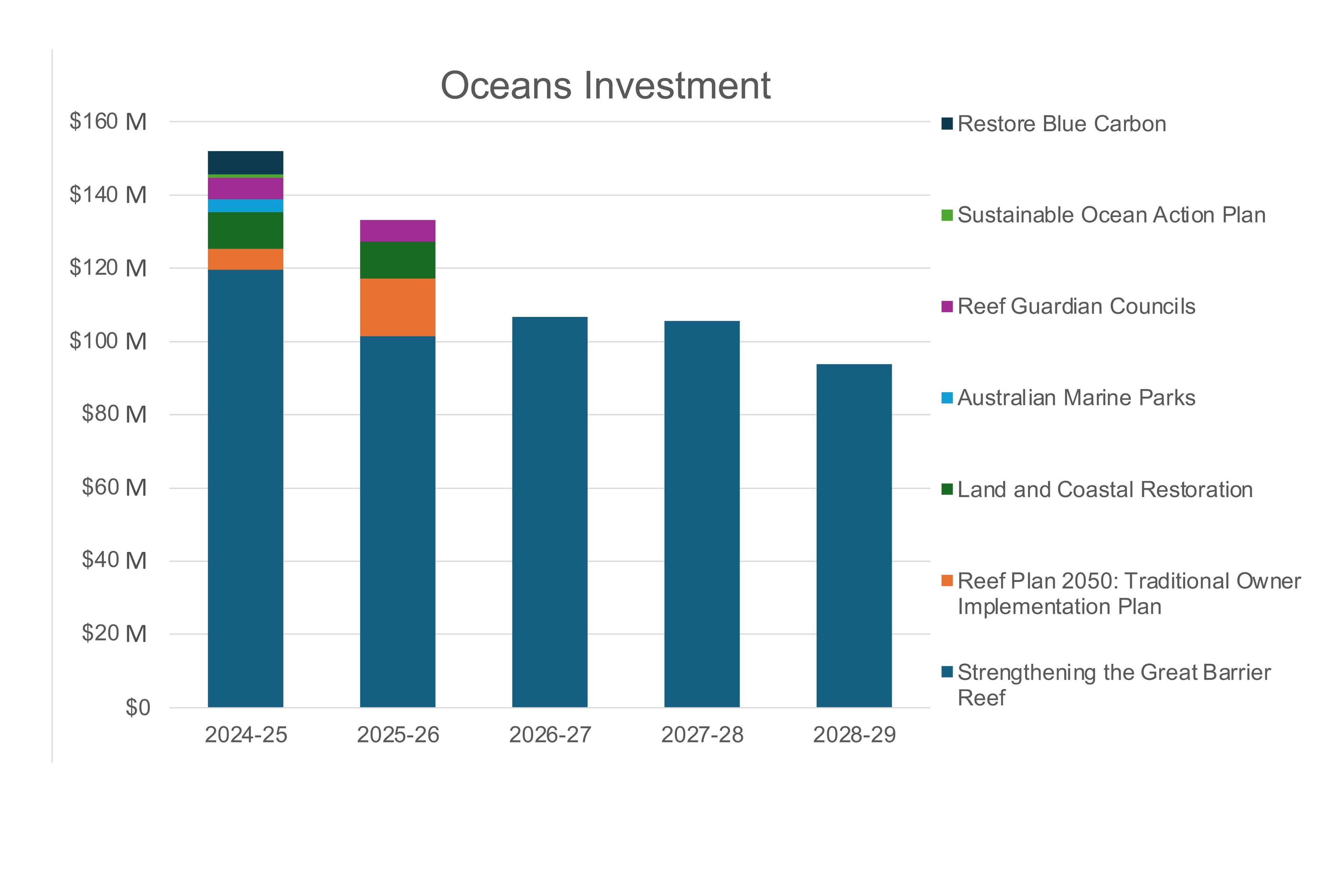
News story
1 April 2025
The federal budget was released on Tuesday 25 March. We have examined it with a fine-tooth comb to see what it held for nature. Here are some of our insights:
Small bump in biodiversity investment for the election but longer-term declines
The budget for on-ground biodiversity programs equates to 0.06% of the total Federal budget for 2025-56.
Spending on on-ground biodiversity programs is up 7.2% for 2025-26 ($474.1M) compared to the last financial year ($442.3M). However, it is forecast that this will drop down $92.6M (-19.5% to $381.6M) in 2026-27 and remain at this level (+1% to $384.5M) in 2027-28. So it is a temporary bump in an election year.
The largest single source of funding for on-ground biodiversity programs is the Natural Heritage Trust accounting for over half of all spending ($213.9M per year) from 2025-26 to 2028-29. The budget papers do not enable a program or project level breakdown of the funding, but large investments include Indigenous Protected Areas, threatened species and priority landscapes, and urban rivers and catchments.

Growing the area of conservation land was the single headline investment
Investment to expand Australia’s conservation reserves network was the main item to receive substantial new funding, with $250M committed over the next five years delivered through a new Australian Bushland Program.
This is a small step toward delivering Australia’s commitment under the Global Biodiversity Framework to conserve 30 per cent of its lands by 2030. It’s estimated that 20 times that amount is needed to deliver the full commitment of a connected and protected area network that represents all key ecosystems.
Funding for the establishment of this program was partly offset by the end of other nature-focused programs.
Threatened species investment is still inadequate to prevent extinctions and recovery species
Australia has more than 2000 threatened species. The only species to get a substantial new investment to fund its conservation in this budget was the Maugean skate ($27.7M over 4 years). Another notable investment was in preparing for Avian Influenza H5N1 for priority native species, which amounted to $6.4M in 2024-25 and $22.4M in 2025-26.
Most of Australia’s threatened species continue to receive little to no investment in their protection and recovery. In fact, resourcing for the Saving Native Species Fund has been reduced from $63.1M in 2024-25 to $38.3M in 2025-26, with no funding beyond that.
In October 2022, Minister Plibersek announced the Saving Native Species Fund Program with a commitment to spending $224.5M over 4 years. That was the number in the media announcements
What is also surprising, given the chronic shortage of funds for conservation action for most threatened species is that there were large underspends of allocated funding in the Saving Native Species Program in its first two years, (underspent by $16.8M in 2022-23 and by $26.7M in 2023-24) and the underspend was not carried forward as usually occurs. Once forecast spending for this year is included, the program will spend a total of $161.1M over 4 years before it ends in 2025-26. This is $63.4M or 28% less than originally committed to.
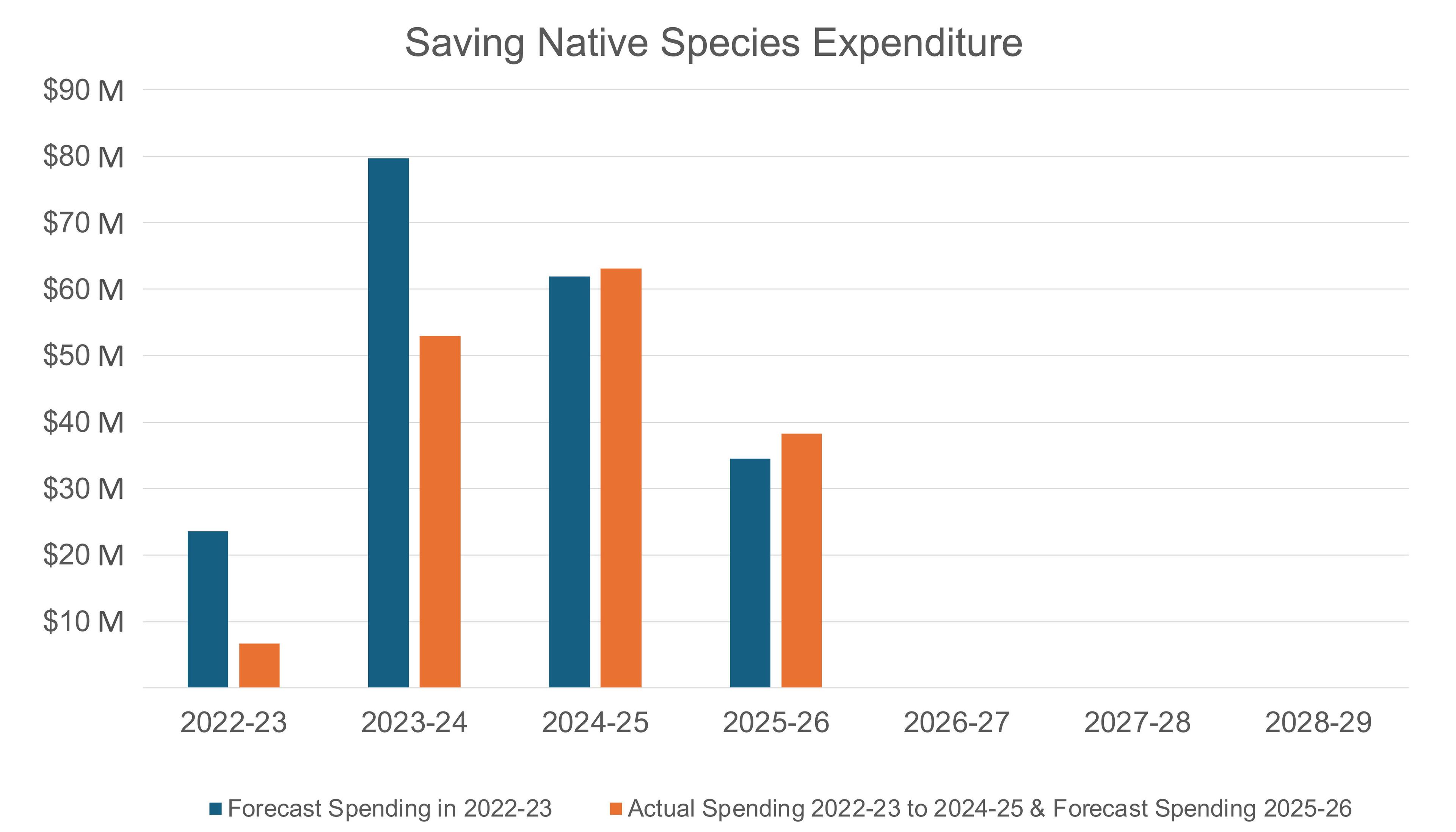
To meet the Australian Government’s commitment to safeguard threatened species on land and in the oceans from extinction, it has been estimated that $2.34 billion per year is needed. On average, that is roughly $1.1 million per species per year.
Ocean investment is falling
The Strengthening the Great Barrier Reef through Stewardship and Leadership program will have a 15% funding decrease from $119.5M in 2024-25 to $101.4M for 2025-26. An average of $100.1M per annum is funded for this program out to 2028-29.
Several smaller marine programs have ended in 2024-25, including Marine Parks, Sustainable Ocean Action Plan and Blue Carbon Restoration (total budget of these programs for 2024-25 was $11M). An additional three Reef Plan programs will finish in 2025-26 including the Reef Plan Traditional Owner Implementation Plan, Land and Coastal Restoration and Reef Guardian Councils (total budget for these programs in 2025-26 is $31.8M).
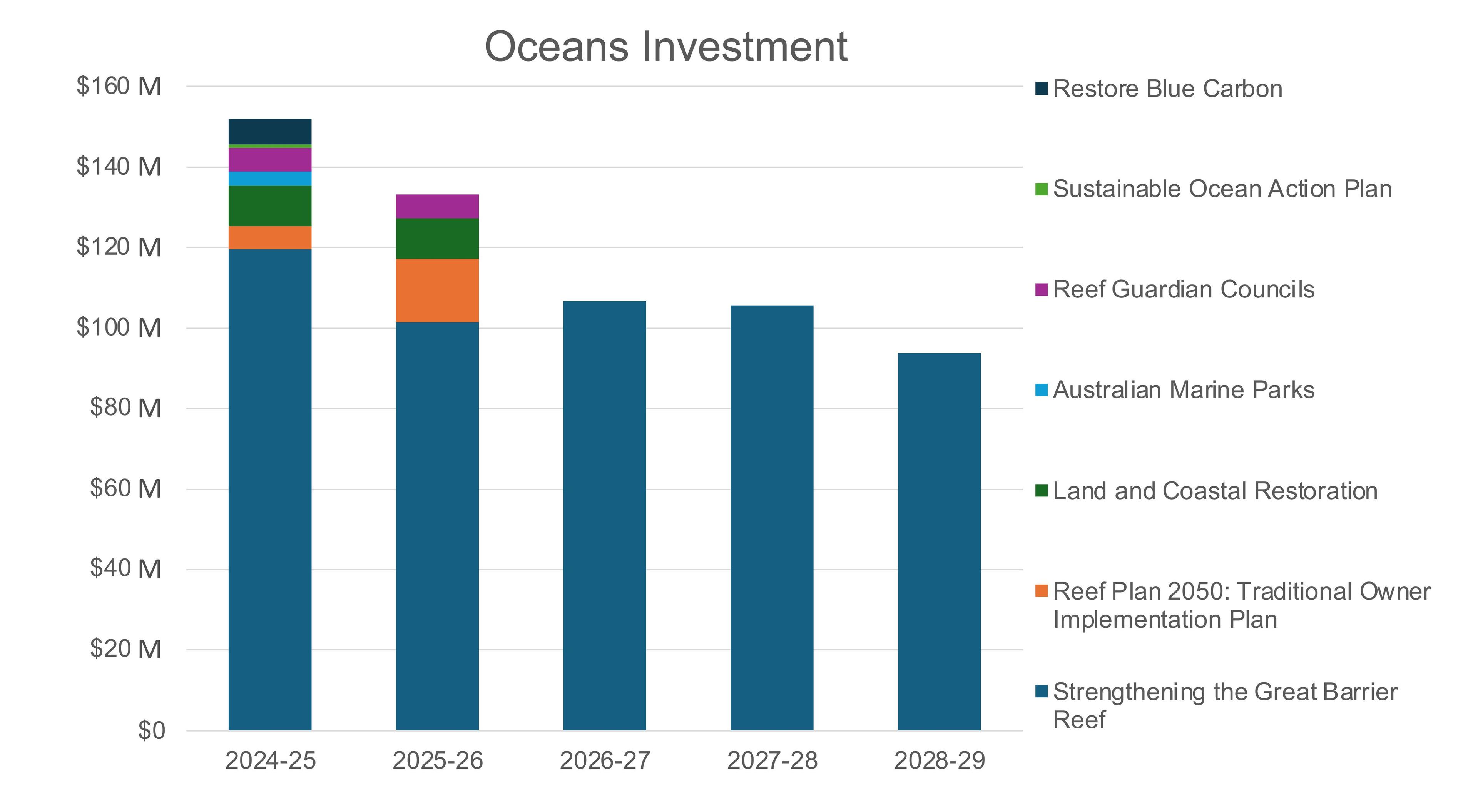
Biodiversity Research investment remains steady
The investment in biodiversity research programs remains steady, averaging $121.1M per year from 2025-26 to 2028-29. The Australian Institute of Marine Science receives the bulk of the funding ($89.8M in 2025-2,6 growing to $92.6M in 2026-27). The National Environmental Science Program is the next largest program, receiving $25M per year. The Australian Biological Resources Study receives $2.03M year on year to undertake taxonomic research.
Biodiversity research investment is not included in the total for biodiversity on-ground spending.

Some stewardship and biosecurity programs are ending
Investment in agricultural stewardship and biosecurity programs that benefit nature have had their budgets reduced by a third in 2025-26 compared to 2024-25 ($18.1M in 2025-26 compared to $27.9M in 2024-25). This is a result of several programs winding down in 2025-26, including the Agriculture Stewardship Package, Agriculture 2030 Biosecurity: For reduction and prevention activities to reduce the economic and environmental burden of established feral animals, pests and weeds, and the National Carp Control Plan. The funding for the Indigenous Rangers Biosecurity Program ($1.1M in 2025-26) and Priority Pest and Disease Planning and Response ($2.8M in 2025-26) remains relatively steady out to 2028-29. There is $33M in funding for Landcare Rangers and Facilitators for 202-28 and 2028-29.

Stewardship and biosecurity are considered biodiversity adjacent, and not included in the overall on-ground biodiversity program budget because of difficulties in determining focus areas for funding, in particular whether funding is primarily focussed on industry or environmental protection.
Water resources investment is falling
There is significant investment in water resources programs, but this has reduced 20.2% from $138.3M in 2024-25 25 to $111.4M in 2025-26 (noting that this does not include the Murray-Darling Basin Authority funding).

The large budgets for the Commonwealth Environmental Water Holder and Commonwealth Contribution to the Murray-Darling Basin Agreement and Murray remain relatively steady from 2025-26 to 2028-29 (averaging $50.1M and $19.7M per year, respectively). The Sustainable Rural Water Use and Infrastructure Program is winding down with a total remaining budget of $48.5M from 2025-26 until the program ends in 2027-28 (compared to $59.5M in 2024-25).
Water resources investment is not included in the total for on-ground biodiversity spending because of difficulties in determining the proportion of funding that benefits biodiversity.
Operational expenses for environmental protection and regulation are falling
This year's budget had no mention of Environment Protection Australia or Environment Information Australia, two institutions that were key commitments of the Albanese Government (both were flagship commitments in the 2023-24 budget). However, those funds are departmental appropriations, so they are difficult to track as standalone line items. Departmental appropriations are funds that are allocated to an agency for its ordinary operating costs, such as salaries, employee entitlements, and operational expenses, and over which the agency has substantial control.
Overall, there is a dramatic drop in department appropriations for Outcome 2 (which includes key environmental regulation and biodiversity protection functions). From 2025/26 - 2026/27, there is a forecast 28% budget cut to the department for Outcome 2. This grows to 44% over the forward estimates. This will likely see a sizable reduction in the federal department workforce committed to delivering environmental protection activities if not rectified in future budgets.
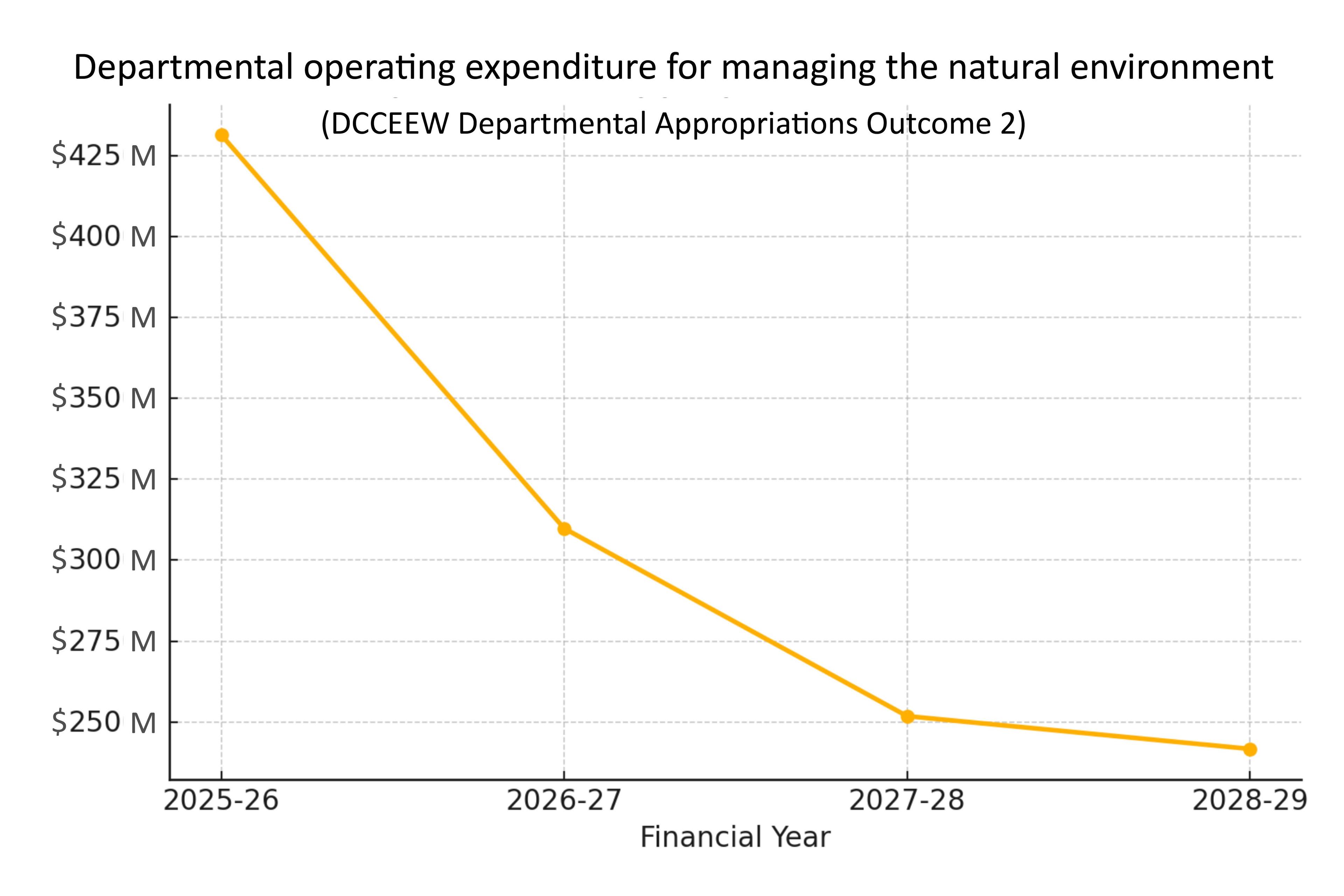
Our overall assessment
This budget doesn’t come close to addressing the systemic underinvestment in nature protection that we have seen from successive federal governments.
Overall, investment in caring for nature, like recovering threatened species, controlling feral animals and weeds, and better managing fires, is still less than one-thousandth of the federal budget.
The funding allocated to nature-related programs in the 2025-26 federal budget is not adequate to deliver the Australian Government’s own environmental commitments to prevent extinctions of plants and animals, restore degraded lands and conserve 30% of lands and seas by 2023.
Lifting nature’s share of the federal budget to just 1% would provide enough funding to meet most of the Australian Government’s environmental commitments. Recent research undertaken by Monash University for the Biodiversity Council found that most Australians believe that at least 1% of the federal budget should be dedicated to nature protection.
See our analysis of Federal Government spending on nature-related programs.
Methodology
The Biodiversity Council reviewed the Portfolio Budget Statements of the Department of Climate Change, Energy, Environment and Water (DCCEEW) and the Department of Agriculture, Fisheries and Forestry (DAFF) to identify nature-related programs.
The following programs have been categorised as ‘on-ground biodiversity programs’: the Natural Heritage Trust, Saving Native Species, Australian Bushland Program, Environmental Stewardship Program, Maugean Skate Conservation and Recovery, Avian Influenza Preparedness Program, Great Barrier Reef Leadership and Stewardship Program, Reef Trust Programs, Australian Marine Parks and the Oceans Leadership Programs. Funding for these programs can be found in the 2025-26 DCCEEW Portfolio Budget paper Program 2.1 Sustainable Management of Natural Resources and Environment (pp. 50-51).
The funding for the Director of National Parks is not included in ‘on-ground biodiversity programs’ as expenditure is largely administrative. The most recent Director of National Parks Annual Report shows that approximately 40% of expenditure is on staffing and a further 20% is on professional services, with only 8% spent on National Parks Operational Expenses and grants.
The stewardship and biosecurity programs and water resources programs have been reported on separately because, although they are assumed to deliver some benefits to biodiversity it is difficult to determine what proportion of funding delivers outcomes for biodiversity rather than simply benefitting agriculture.
The following programs have been categorised as ‘stewardship and biosecurity’: Agriculture 2030 Soil and Stewardship pilot, Agriculture Stewardship Package, Agriculture 2030 Biosecurity: For reduction and prevention activities to reduce the economic and environmental burden of established feral animals, pests and weeds, National Carp Control Plan, Indigenous Rangers Biosecurity Program, Enhancing Australia’s Biosecurity System – Priority Pest and Disease Planning and Response. Funding for the Agriculture 2030 Soil and Stewardship pilot and Agriculture Stewardship Package can be found in the 2025-26 DCCEEW Portfolio Budget paper Program 2.1 Sustainable Management of Natural Resources and Environment (p.50). Funding for the other programs can be found in the 2025-2026 DAFF Portfolio Budget paper Program 1.2 Sustainable Management - Natural Resources (p.25) and 2.1 Biosecurity and Export Services (p.42).
All programs within DCCEEW Portfolio Budget paper Program 4.1 Protect, restore and sustainably manage Australia's water resources except for payments to special accounts and the Murray Darling Basin Authority have been categorised ‘water resources’ (p.66). This includes research programs.
The following programs have been categorised as ‘biodiversity research’: National Environmental Science Program, Australian Biological Resources Study, Australian Institute of Marine Science and the Reef Plan 2050: Research to support landscape restoration. Funding for these programs can be found in the 2025-26 DCCEEW Portfolio Budget paper Program 2.1 Sustainable Management of Natural Resources and Environment. Research programs related to DCCEEW Program 4.1 are included under water resources.







